Fuerteventura – the “Oldie” amongst the Canary Islands.
The first steps in the creation of Fuerteventura have been made some 250 million years ago, however its rise above the water surface dates from about 23 million years ago, which makes it the oldest island of the Canaries. Here is its story with the then occurring general geologic and climate conditions on our planet. The duration of the geologic periods have been rounded to accommodate reading. At the end of each period you will get suggestions to visit remnants of the described locations and geologic events.
WARNING: Please do NOT collect any fossil, stone or whatever geologic / archaeological element from any site! Not only is it highly disrespectful to the history of Fuerteventura, but additionally, the penalties are horrendous, including imprisonment. If you find anything which seems to be of scientific value, leave it where you found it and call the local authorities: Tel.: 928 862 328 (Cabildo of Fuerteventura), Guardia Civil: 928 851 100 (SEPRONA), Environmental Agency: 928 852 106 (Agentes de Medio Ambiente) or the police (Policia Local) – please do NOT call the emergency number!
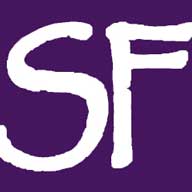

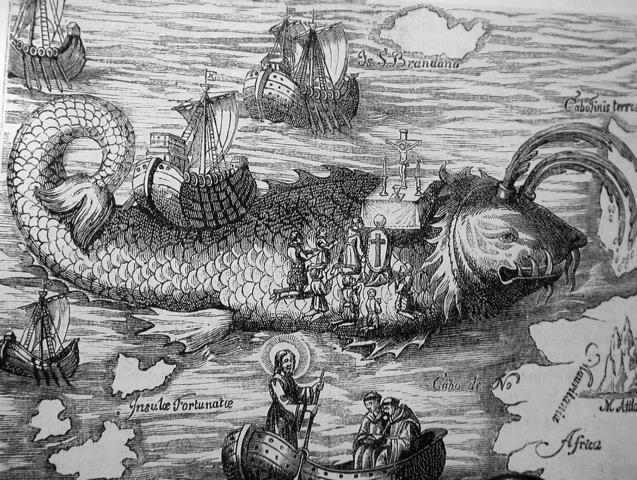
 When the first Conquistadores arrived on Fuerteventura in the 15th Century, they encountered the local inhabitants (Mahos) almost completely nude. "Males only had a hairy goat or sheep skin that was fixed on the men's back and women additionally had two extra pieces – one in the front and one in the back – which were fixed at the waist and reached till their knees. Pieces of skin were connected to each other by threads of finely cut leather. They had no shoes and walked the island on bare feet." (Bontier y Leverrier. 16th Century)
When the first Conquistadores arrived on Fuerteventura in the 15th Century, they encountered the local inhabitants (Mahos) almost completely nude. "Males only had a hairy goat or sheep skin that was fixed on the men's back and women additionally had two extra pieces – one in the front and one in the back – which were fixed at the waist and reached till their knees. Pieces of skin were connected to each other by threads of finely cut leather. They had no shoes and walked the island on bare feet." (Bontier y Leverrier. 16th Century) The ability of mankind to work natural fibres for basketry was one of the fundamentals for the development of human activity. It allowed for transportation and conservation of goods and made them less dependable of nature and local conditions."
The ability of mankind to work natural fibres for basketry was one of the fundamentals for the development of human activity. It allowed for transportation and conservation of goods and made them less dependable of nature and local conditions."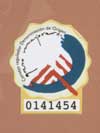 The name "Denominación de origen Queso Majorero" is protected by the Spanish State in 16-05-1996 and by the European Union since 20-02-1999 and applies to the types of cheese that are made of goat milk and in a specified artisan way. The "Consejo Regulador de la Denominación de Origen Protegida Queso Majorero", part of the "Gobierno de Canarias" is constantly monitoring the quality of the listed products.
The name "Denominación de origen Queso Majorero" is protected by the Spanish State in 16-05-1996 and by the European Union since 20-02-1999 and applies to the types of cheese that are made of goat milk and in a specified artisan way. The "Consejo Regulador de la Denominación de Origen Protegida Queso Majorero", part of the "Gobierno de Canarias" is constantly monitoring the quality of the listed products.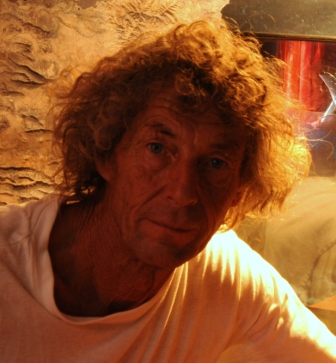 It is not unusual on Fuerteventura to find stones with strange shapes, gouges and lines clearly seen on them. Legend has it that these were forms of art from the stone age when the island was inhabited by the original settlers – the guanches . There are many relics on all of the Canary Islands of their existence but as of now the legend of the mysterious stones is still unsolved.
It is not unusual on Fuerteventura to find stones with strange shapes, gouges and lines clearly seen on them. Legend has it that these were forms of art from the stone age when the island was inhabited by the original settlers – the guanches . There are many relics on all of the Canary Islands of their existence but as of now the legend of the mysterious stones is still unsolved. This picture of a farming group from the late 1950s appear as a rural scene and when you look behind them you will see a grand marble angel. This statue can be seen as you go past the cemetery at La Oliva, in the North of the island. The farming group is standing in what is now the cactus garden, opposite the petrol-service station in La Oliva. This cemetery is less than inspiring with very little info. Nowadays the coffin is placed in a wall and bricked up but there are many traditional graves. One of the most interesting and the most ancient ones lies
This picture of a farming group from the late 1950s appear as a rural scene and when you look behind them you will see a grand marble angel. This statue can be seen as you go past the cemetery at La Oliva, in the North of the island. The farming group is standing in what is now the cactus garden, opposite the petrol-service station in La Oliva. This cemetery is less than inspiring with very little info. Nowadays the coffin is placed in a wall and bricked up but there are many traditional graves. One of the most interesting and the most ancient ones lies One of the constructions tourists frequently wonder about are the strange round structures all over the island that now are abandoned. Some are quite fantastic and apparently they seem to have played an important part in the former economic activity of Fuerteventura.
One of the constructions tourists frequently wonder about are the strange round structures all over the island that now are abandoned. Some are quite fantastic and apparently they seem to have played an important part in the former economic activity of Fuerteventura.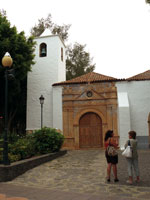 Pájara is one of the oldest towns in Fuerteventura and was a very early settlement from Betancuria. It survived complete destruction during the Arab invasion of 1593 when all of Betancuria was reduced to ashes. The town takes its name from the hen pheasant, as the coat of arms shows. Look carefully and you will see a very ancient symbol, the 2 serpents. These have been slightly adapted but are named Oroborus or tale devourer. It shows a snake eating its own tale, which has a mystic meaning of “the circle of death and re-birth”, which is thousands of years old.
Pájara is one of the oldest towns in Fuerteventura and was a very early settlement from Betancuria. It survived complete destruction during the Arab invasion of 1593 when all of Betancuria was reduced to ashes. The town takes its name from the hen pheasant, as the coat of arms shows. Look carefully and you will see a very ancient symbol, the 2 serpents. These have been slightly adapted but are named Oroborus or tale devourer. It shows a snake eating its own tale, which has a mystic meaning of “the circle of death and re-birth”, which is thousands of years old. The estimated age of Fuerteventura as an island is some 18-20 million years. The earliest formation is thought to be Tindaya, reckoned by its material which differs significantly from that of the rest of the island. The mountain Tindaya is a large lump of Trachite, whereas the Betancuria massif is Basalt based. One million years is a long time and although not populated by humans, Fuerteventura was the home to many species of plants and animals that we will never guess how they looked or grew. However, there is one instant that has left its traces.
The estimated age of Fuerteventura as an island is some 18-20 million years. The earliest formation is thought to be Tindaya, reckoned by its material which differs significantly from that of the rest of the island. The mountain Tindaya is a large lump of Trachite, whereas the Betancuria massif is Basalt based. One million years is a long time and although not populated by humans, Fuerteventura was the home to many species of plants and animals that we will never guess how they looked or grew. However, there is one instant that has left its traces.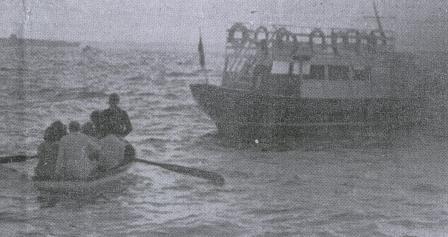 The tourist boat “Poseidon” sunk on its way back to Lanzarote, overwhelmed by high waves due to stormy conditions. The boat carried 30 passengers and 2 crew members; only 21 survived.
The tourist boat “Poseidon” sunk on its way back to Lanzarote, overwhelmed by high waves due to stormy conditions. The boat carried 30 passengers and 2 crew members; only 21 survived.